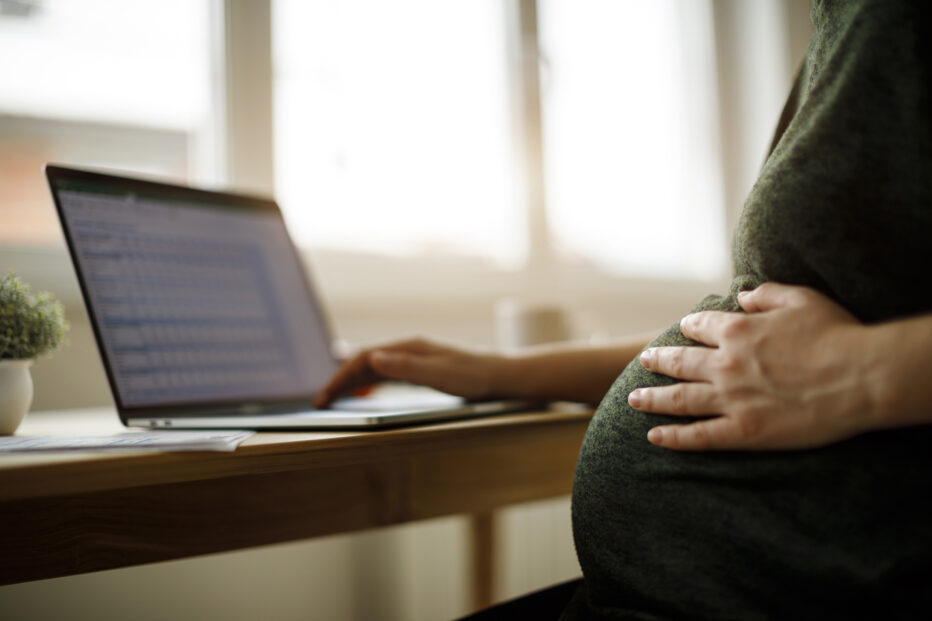YRITTÄJÄ, tule mukaan omiesi pariin! Liity Yrittäjiin.

Effects of the new family leave reform on business owners
If you are having a baby this autumn with a due date on or after 4 September 2022, the family leave reform means there are new rules. The reform enters into force on 1 August, after which all parental allowances will be paid according to the amended legislation.
The length of parental leave will increase, and taking parental leave will be more flexible. The reform is aimed at increasing equality in working life and parenting and taking better account of different kinds of families. If you are due to have a baby this autumn on or after 4 September 2022, the new rules for family affect you and your child.
The reform enters into force on 1 August, after which all parental allowances will be paid according to the amended legislation.
“It’s worth remembering that the first families to be affected by this reform are already expecting their babies,” Harri Hellstén, labour market affairs manager at Suomen Yrittäjät, says.
The reform means that for the first time, both parents will have an equal parental leave quota. Parents can take their parental leave in several periods until the child turns two. They can also transfer them to the other parent, another guardian, or to their own or the other parent’s spouse.
“An employer may be surprised by the fact that the other parent’s spouse is entitled to time off. However, of course, as a general rule the employer must be informed two months in advance,” Hellstén says.
Broad understanding of family
The family leave reform means each parent receives a quota of 160 parental allowance days. Of these, each parent may transfer a maximum of 63 days to the other parent, another guardian, his or her own spouse or the other parent’s spouse.
The final stage of pregnancy is covered by a pregnancy leave allowance, which is paid for 40 days.
You are entitled to pregnancy leave allowance for six days in every week, meaning the parental allowance days last for a total of over 14 months. In single-parent families, the parent receives both parental allowance quotas. Twins, triplets and other children of multiple births are an exception to this model: each additional child means the family receives an additional 84 allowance days.
Significant change for business owners
Parental allowance may be used until the child turns two years old. Allowance days may be used in several parts. The only period which occurs without a break is the pregnancy leave allowance, which must begin 14–30 days before the due date.
“This is a significant change for business owners, as they can schedule their allowance days more flexibly,” Hellstén says.
Parents can also take partial parental leave. In this case, they use half-days of their quotas. This means the parental allowance is half of the full amount.
All parents who are also guardians have an equal right to parental allowance regardless of their gender, or whether they are biological or adoptive parents or live with the child.
The duration and timing of the leave under the Employment Contracts Act will change in line with the reform. However, parents in employment can take their parental allowances in a maximum of four periods. Parents taking their leave in shorter periods than before may create challenges for employers organizing substitutes and other working arrangements.
At present, family leave consists of maternity allowance for pregnant women, which lasts 105 working days or about 4.2 months, paternity allowance of 54 days or about 9 weeks, and parental allowance for the other parent or to be shared by both parents, which lasts 158 working days or around 6.3 months.
Costs for employers criticized
The view of Suomen Yrittäjät on the reform is that it is as good as was possible to build on the basis of the EU directives and the requirements of the Government’s programme.
The reform has been criticized for the costs placed upon individual employers and the negative effect on employment.
The changes to the family benefit system are estimated to increase public spending by €80 million annually. In practice, this means pressure on employers to increase their health insurance contributions by approximately 0.05 percentage points. The amount may be larger if the reform leads to a larger uptake of family leave than estimated.
Suomen Yrittäjät has long demanded a just distribution of the costs of parenthood. The organization calculates that one child costs its mother’s employer an average of €7,600.
“The law completely fails to consider the costs of the family leave on an individual employer, or how they could be better compensated or fully funded by tax takings,” Hellstén says.
Training sessions in May
Suomen Yrittäjät is holding two training sessions in Finnish about the family leave reform in May.
The session on 3 May will discuss what business owners should know about the effects of the reform on their own leave. You can sign up for the training session here.
On 20 May, a training session will focus on what an employer entrepreneur should know about the content and impact of the reform. You can sign up for the training session here.